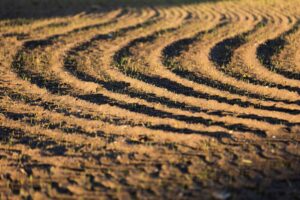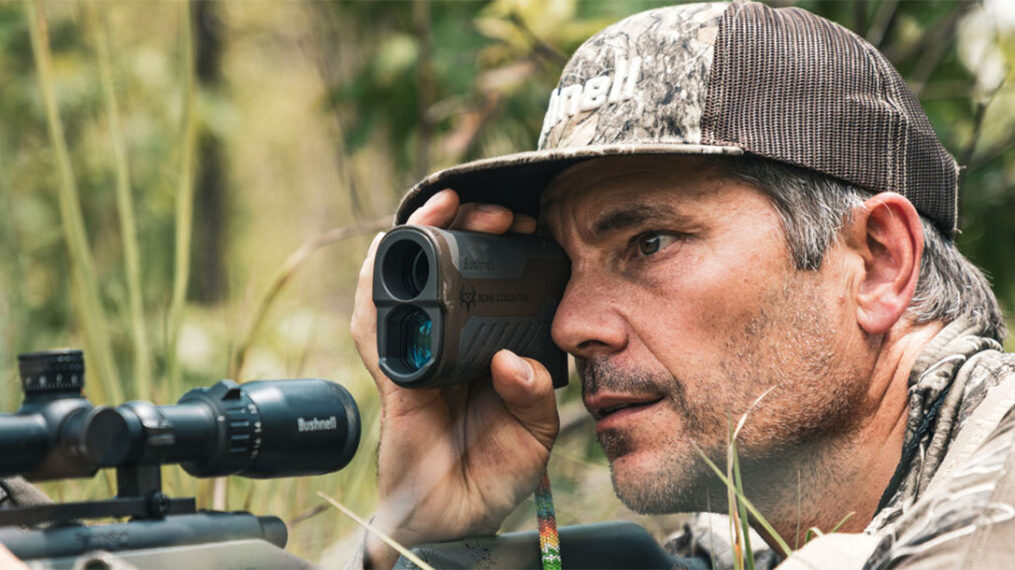I’m excited to share my knowledge and insights with you. Deer, known for their keen senses and lightning-fast reflexes, make a challenging target for bowhunters like us.
Factors such as arrow speed, weight, release, and bow sound significantly affect the arrow’s flight/noise and, consequently, influence deer behavior.
Together, we’ll explore what causes deer to jump the string, their average reaction time, and strategies to mitigate this behavior.
TL:DR
String-Jumping Phenomenon
– Deer are actually ducking the arrow and not jumping
– String-jumping is initiated by the noise your bow’s protest at a sudden release of energy following release.
– Instead of jumping, the animal actually coils (drops) or spins (worse-case scenario) to flee perceived danger
– Arrows appear to swerve wildly when, in truth, the animal is simply not where it was before
Contents (Jump to Topic)
ToggleUnderstanding Deer Behavior
Deer are hardwired for survival, possessing acute sensory abilities. Their sharp hearing can detect the smallest disturbances, alerting them to danger well before it’s visible.
Their sight is keen on picking up movement, making them perpetually vigilant.
The sense of smell in deer is another marvel, often serving as their first line of defense.
This potent combination of senses results in string jumping—a deer’s impressive reflexive action to leap away from a perceived threat, such as the sound of a bowstring during arrow release.
The String Jump Phenomenon
String jumping, a term well-known among bowhunters, refers to the reaction deer have to the sound of a bowstring being released.
This instinctual behavior causes them to crouch or ‘load’ their muscles. Deer drop up to a foot when loading leg muscles to start running.
This is essentially a preparation to bolt away from perceived danger.
In most of my shootings, the deer jumped the string, but not all of them. The majority of those were within 20 yards or less. And I’ve shot a couple between 30 and 35 yards, and neither of them did
Distance makes it less likely the deer will jump the string, but it makes other things more likely to go wrong simply because of the distance.
read.. whats the appropriate distance for ethical shots
What Causes Deer to Jump the String?
The root cause of string jumping stems from the deer’s acute sense of hearing and quick reaction to the unfamiliar sound of the bowstring.
The sound waves from the bow reach the deer’s ears faster than the arrow travels, allowing them to react even before the arrow is in close proximity.
A deer’s reaction time is impressively rapid, initiating the process of ducking or dropping in preparation for escape within a negligible fraction of a second upon hearing the “twang.”
Average Reaction Time of Deer
Clinical studies and field observations have revealed remarkable data on deer reaction times.
On average, it takes about 0.16 seconds for a deer to begin reacting to the sound of a bowstring, and a full leg load occurs at roughly 0.28 seconds.
This means that a well-placed shot could be compromised in less than a third of a second due to a deer’s lightning-fast instincts.
To understand this further, let’s break down the sequence:
- 0.00 seconds: Arrow is released.
- 0.16 seconds: Deer begins to move or load its leg muscles.
- 0.28 seconds: Deer has fully loaded its legs and is ready to spring away.
- 0.36 seconds: Deer unloads its leg muscles, jumping or moving away from the area
Both alert and relaxed deer display these reaction times, although the caliber of movement does differ slightly, with calmer deer showing marginally less motion.
String Jumping – Pick an Aim Point
The key is to focus on reducing the sensory alert caused by the bow’s release and improving your ability to anticipate and counter a deer’s evasive maneuver.
Strategies for Dealing with String-Jumping
- Aiming intentionally low to avoid a high hit and backstrapping the animal
- Reading the signs and timing shots to take advantage of calm, unsuspecting animals
- Twitching tails and swiveling ears as indicators of an animal’s behavior
- Preventing string-jumping through quiet equipment, flawless shot timing, and silencing devices.
- Using a heavier arrow to absorb more of the bow’s energy and reduce shot noise without affecting success
Bowhunting Techniques
- Sound travels faster than the fastest compound bow
- Aiming for the heart instead of double lungs as a safer option when string jumping
Adjusting Bow Sound and Speed
Mitigating the startling sound of a bowstring’s release is crucial in preventing a string jump.
You can invest in string dampeners or use quieter bow setups to minimize the noise.
While seemingly counterintuitive, slower bow speeds can contribute to reduced sound emissions.
My recommendation is to make the bow as quiet as possible. You may need to reduce the poundage to get it quiet if necessary.
I prefer a super slow bow to a blazer that sounds like a rifle.
How well you anticipate and counteract a deer’s string jumping is deeply affected by accuracy.
Practicing under simulated hunting conditions and performing repeated shooting drills can significantly improve your ability to shoot accurately under pressure.
Maintaining a calm and focused state of mind during the shot also reduces the chances of poor execution.
Mastery of heavier arrows, quieter bows, and precision aiming can significantly diminish the occurrence of string jumping and elevate the success rates of your hunts.
Can a deer jump the string at 20 yards?
Yes. Less likely as if shooting 30 yards. But deer have sharp senses, including acute hearing, keen eyesight, and a strong sense of smell.
These senses make them constantly vigilant and able to detect even the slightest disturbances.
Before you go..
We significantly lessen string jumping by using quieter equipment, aiming precisely, and anticipating deer behavior.
Bowhunting is a continuous learning journey and a way to respect nature.
Let’s venture into the wild with knowledge and respect, ensuring ethical hunts.
Happy hunting, and stay sharp out there!






